The MIT Press is pleased to announce the publication of Quantum Computing: A Gentle Introduction, by Eleanor Rieffel and Wolfgang Polak.
This comprehensive introduction to the field offers a thorough exposition of quantum computing and the underlying concepts of quantum physics, explaining all the relevant mathematics and offering numerous examples. With its careful development of concepts and thorough explanations, the book makes quantum computing accessible to students and professionals in mathematics, computer science, and engineering. A reader with no prior knowledge of quantum physics (but with sufficient knowledge of linear algebra) will be able to gain a fluent understanding by working through the book.
The text covers the basic building blocks of quantum information processing, quantum bits and quantum gates, showing their relationship to the key quantum concepts of quantum measurement, quantum state transformation, and entanglement between quantum subsystems; it treats quantum algorithms, discussing notions of complexity and describing a number of simple algorithms as well as the most significant algorithms to date; and it explores entanglement and robust quantum computation, investigating such topics as quantifying entanglement, decoherence, quantum error correction, and fault tolerance.
2011 • 600 pp., 79 illus. • hardcover • $45.00/£33.95 • 978-0-262-01506-6
http://mitpress.mit.edu/quantum_computing
Eleanor Rieffel is Senior Research Scientist at FX Palo Alto Laboratory. Wolfgang Polak is a computer science consultant.
“The authors have given us an introduction to the new field of quantum information, accessible to anyone familiar with college-level mathematics. It will be the easiest way for anyone to go from knowing no quantum mechanics to understanding cutting-edge problems in quantum computing. It will also be the most comprehensive and current book on the subject.”
--Michael B. Heaney, Applied Quantum Technology Solar, Inc.
“The authors’ aim is to make quantum computation accessible to a broad audience, and they have done a very good job in breaking down its elements—mathematics, physics, computer science—into comprehensible pieces. The book should be a good addition to the educational literature on the subject.”
--Karoline Wiesner, School of Mathematics and Center for Complexity Science, University of Bristol
